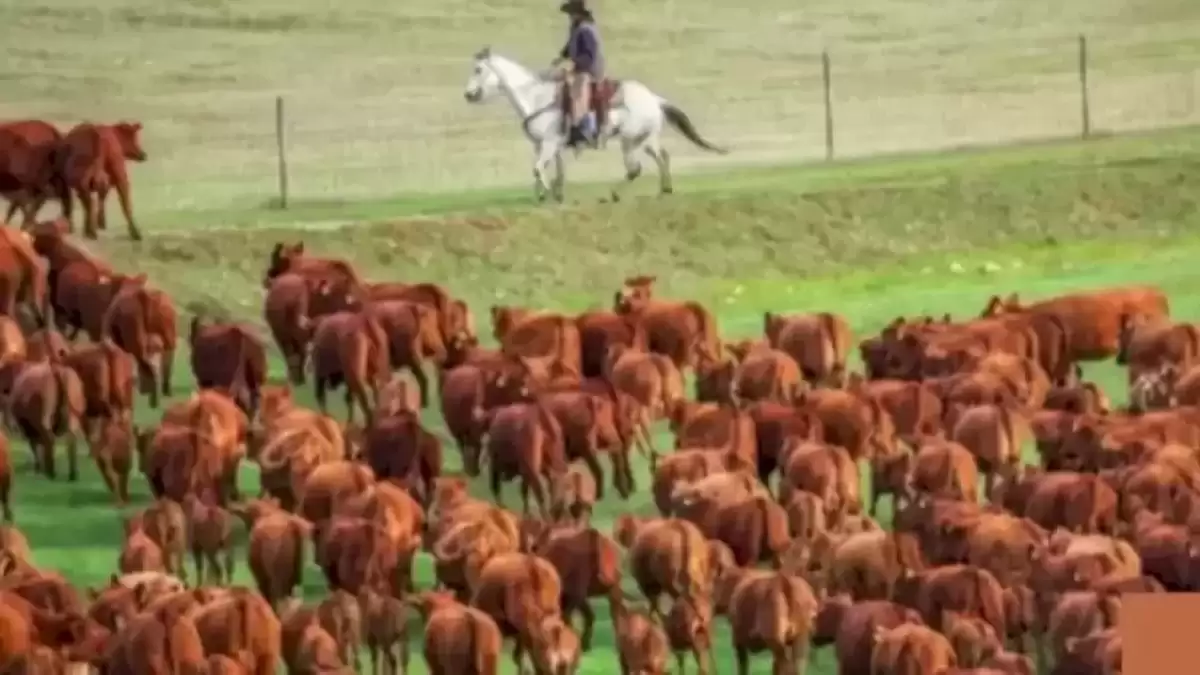- Fresherslive »
- Optical Illusion »
- Optical illusion to Test Your Eyes: You have eagle eyes if you can spot the Bear in 12 Secs
Optical illusion to Test Your Eyes: You have eagle eyes if you can spot the Bear in 12 Secs
by Sangeetha
Updated Nov 10, 2023

Optical illusion
Optical illusions are captivating phenomena that play tricks on our visual perception. These mind-bending images and patterns often challenge our brains to interpret what we see in unconventional ways. They make us question reality, depth, and perspective as we try to make sense of what's in front of us. Optical illusions come in various forms, from impossible objects that defy the laws of geometry to ambiguous images that can be interpreted in multiple ways. They not only provide entertainment but also offer valuable insights into how our brains process visual information. Whether you're pondering the mysteries of an Escher drawing or marveling at an optical illusion on the internet, these intriguing puzzles continue to amaze and perplex people of all ages, making them a delightful exploration of the human mind's capabilities.
Can You Spot the Bear
Embark on an optical illusion challenge to test the prowess of your eyes! The claim is that individuals with 'eagle eyes' will be able to discern a hidden bear within a swift 12-second timeframe. This challenge involves a visual stimulus or pattern carefully designed to create the illusion of a concealed bear. Success in this task hinges on your ability to engage in rapid visual processing and keen pattern recognition.
The term 'eagle eyes' suggests a high level of visual acuity and attention to detail, underlining the precision required to spot the hidden element. The 12-second time limit adds an element of urgency, challenging participants to rely on their instincts and quick cognitive processing. This optical illusion test serves as both an entertaining diversion and an opportunity to showcase your eye-catching skills in detecting hidden patterns within a visual context.

Solution To Spot the Bear
Congratulations on taking up the challenge! If you managed to spot the hidden bear within the 12-second timeframe, you indeed have 'eagle eyes.' In optical illusions like these, the bear is often cleverly integrated into the surrounding patterns, colors, or shapes. Successful identification requires a keen eye for detail and the ability to distinguish subtle differences in the visual stimuli.
The specific location of the hidden bear could vary; it might be camouflaged within the background, merging seamlessly with its surroundings. Optical illusions like these not only provide a fun test of visual acuity but also highlight the fascinating ways our brains interpret and sometimes deceive us in the realm of perception.

Optical illusion to Test Your Eyes: You have eagle eyes if you can spot the Bear in 12 Secs - FAQs
Optical illusions often involve visual stimuli that trick the brain into perceiving something that may not be there. In this case, the bear is strategically hidden within the design to challenge your pattern recognition skills.
The time limit adds an element of challenge and excitement to the task. Successfully spotting the hidden bear within 12 seconds suggests quick cognitive processing and keen observation skills.
The location of the hidden bear can vary. It might be integrated into the background, blending with patterns, colors, or shapes. Your task is to carefully examine the visual stimulus to find it.







